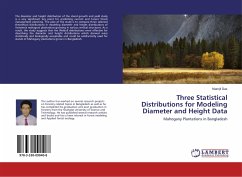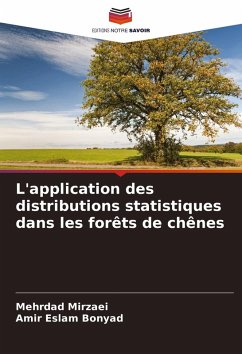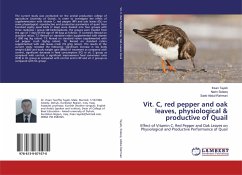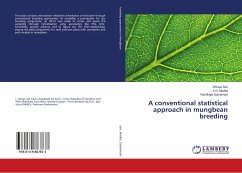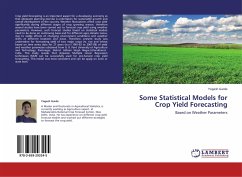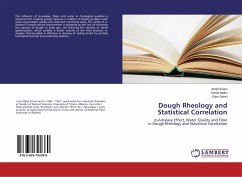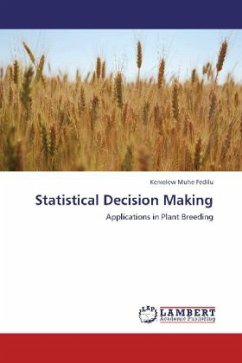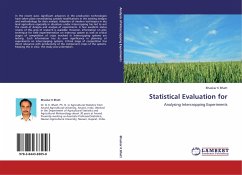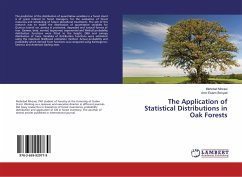
The Application of Statistical Distributions in Oak Forests
Versandkostenfrei!
Versandfertig in 6-10 Tagen
24,99 €
inkl. MwSt.

PAYBACK Punkte
12 °P sammeln!
The prediction of the distribution of quantitative variables in a forest stand is of great interest to forest managers, for the evaluation of forest resources and scheduling of future silvicultural treatments. The aim of this research was to model the distribution of quantitative variables for Quercus brantii var. persica in protected, degraded and natural forests of Iran. Gamma, beta, normal, lognormal, exponential and Weibull probability distribution functions were fitted to the height, DBH and canopy distribution of trees. Variables of distribution functions were estimated using the maximum...
The prediction of the distribution of quantitative variables in a forest stand is of great interest to forest managers, for the evaluation of forest resources and scheduling of future silvicultural treatments. The aim of this research was to model the distribution of quantitative variables for Quercus brantii var. persica in protected, degraded and natural forests of Iran. Gamma, beta, normal, lognormal, exponential and Weibull probability distribution functions were fitted to the height, DBH and canopy distribution of trees. Variables of distribution functions were estimated using the maximum likelihood estimation method. Actual probability and probability which derived from functions was compared using Kolmogorov-Smirnov and Anderson-Darling tests.



